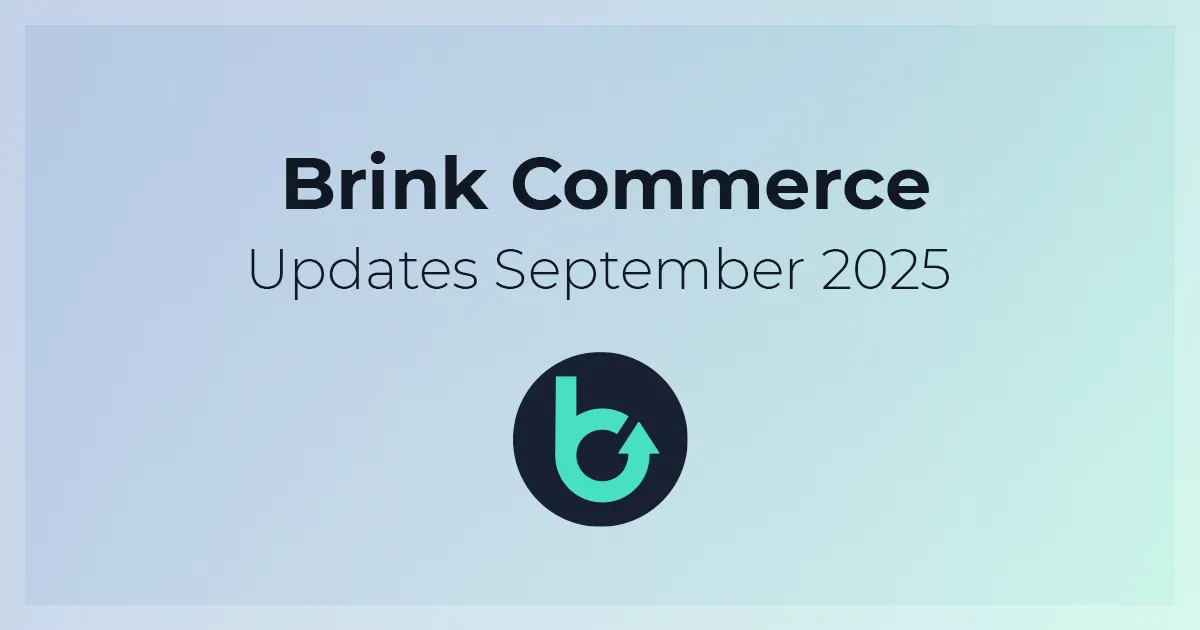Why the 30-day price rule keeps catching merchants off guard

In this article
The article explains why the 30-day price rule is harder than it seems and why manual tracking often fails during intense campaign periods. It shows how automated price recording in Brink Commerce keeps merchants compliant while simplifying complex pricing workflows.
Black Week is supposed to be about value for customers and sales for merchants. Instead, it often turns into a race to the bottom on pricing tactics. Media headlines flare up every year, accusing merchants of raising prices before Black Week just to show bigger discounts.
The truth is far less conspiratorial. For most merchants, the challenge is not intent, it is complexity. Retail has become a tangle of daily price changes, stacked campaigns, overlapping collections, and multiple markets. Once you add legal requirements, the room for mistakes becomes tiny.
What the law actually requires
Under the EU Omnibus Directive, and its various local implementations, any promotional price must be compared to the lowest price the product actually had in the 30 days before the price reduction.
This sounds simple, but in practice it means that your system needs to remember every relevant price a product has had, and why it had that price.
A manual spreadsheet cannot solve this at scale, especially not if you run campaigns across hundreds of variants with different dates, rules, and markets.
Yet this is exactly the situation merchants face every Black Week.
Why this is technically hard
A product can have many different “prices” over time, each serving a different purpose:
- A base price
- A sale price
- One or several campaign prices, each with their own start and end date
- Prices that apply only when certain tags match
- Prices that change as campaigns clash, products activate or deactivate, or team members update discount rules
Each of these changes creates a sliding window of price history. If you want to comply with Omnibus, you must be able to reconstruct that 30-day window at any moment.
And that becomes messy quickly.
Miss one detail here and you risk showing an incorrect reference price, which brings legal risk along with reputational damage.
This is where automation earns its keep
To make compliance practical, the system needs to do the heavy lifting.
It must know:
- Which prices were active in which periods
- When a price was overwritten
- Whether a campaign price actually applied to that variant
- When a sale price started, and whether it has been active within the last 30 days
- Which expired prices should be kept, and which should be ignored
- How to handle campaign overlaps, stacked campaigns, and removed campaigns
- How to distinguish between price changes that matter for compliance and ones that don’t
And above all, it needs to generate the legally correct “lowest 30-day price” every time you present a discount.
What we built to solve this problem
At Brink Commerce, we built our price system to record every relevant price change the moment it happens.
Not just the campaign prices you plan, but the sale prices you overwrite, the campaigns that start or end early, and the variants that enter or leave a rule.
Everything that affects the 30-day price window is captured automatically.
The system then uses these records, in real time, to calculate the legally correct lowest price for any product, in any market.
There is no manual tracking, and no guesswork. The logic ensures compliance even when campaigns overlap, shift in time, or get updated minutes before going live.
Why this matters for Black Week
When price pressure is high and campaign windows are short, it is easy to make mistakes. Automated price history protects merchants from:
- Showing the wrong reference price
- Accidentally violating regulation
- Manually tracking which price was active when
- Misreporting prices across markets
- Internal conflicts between teams when multiple people work on promotions
At the same time, it gives your team confidence to work faster and smarter. If you can trust your system to handle price history correctly, you can focus on what actually moves the business forward: relevant campaigns, smart stock rotation, and strong customer offers.
And, price transparency will only get more important. Merchants face higher expectations, and regulators are getting stricter.
A modern eCommerce platform should not only help you run promotions, it should help you stay compliant while doing it.
Want to know more about modern commerce?
Get in touch with us to get the discussion started?
Get in touch










